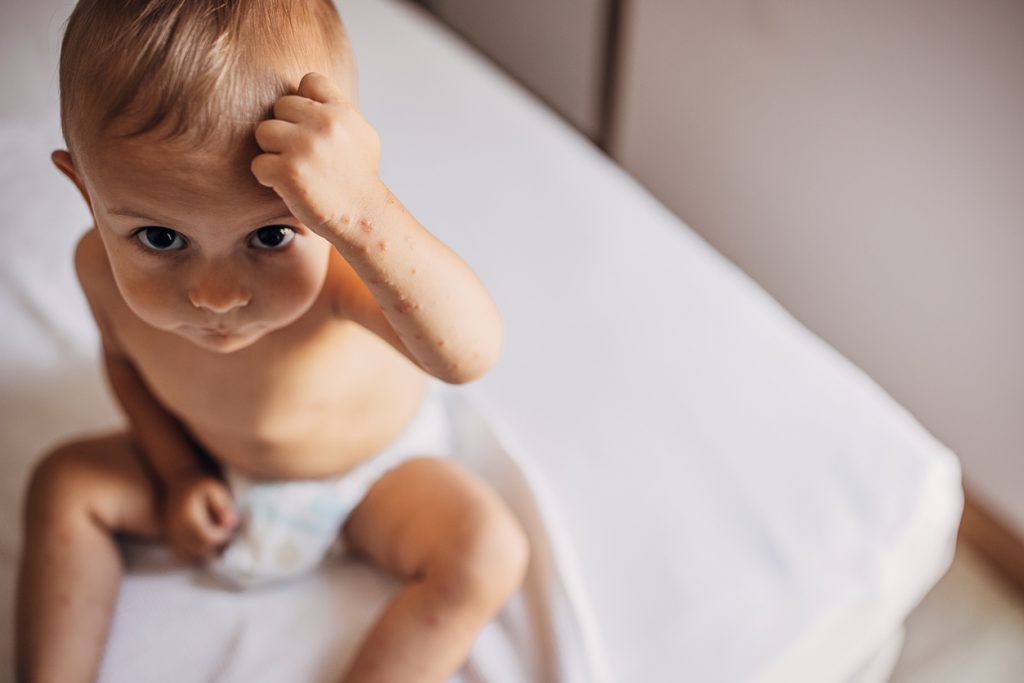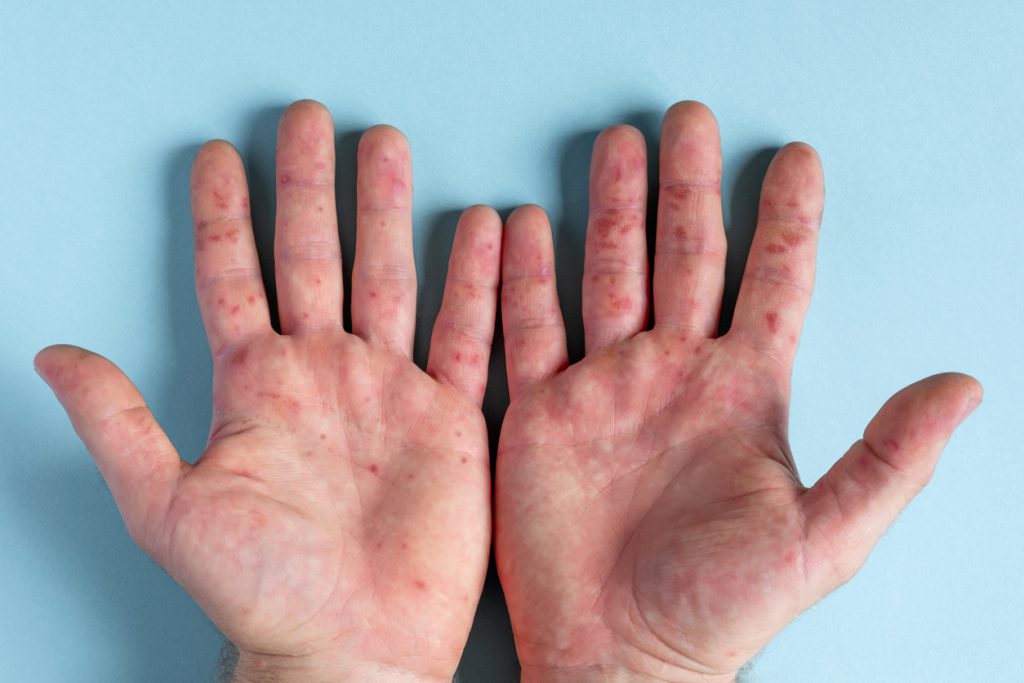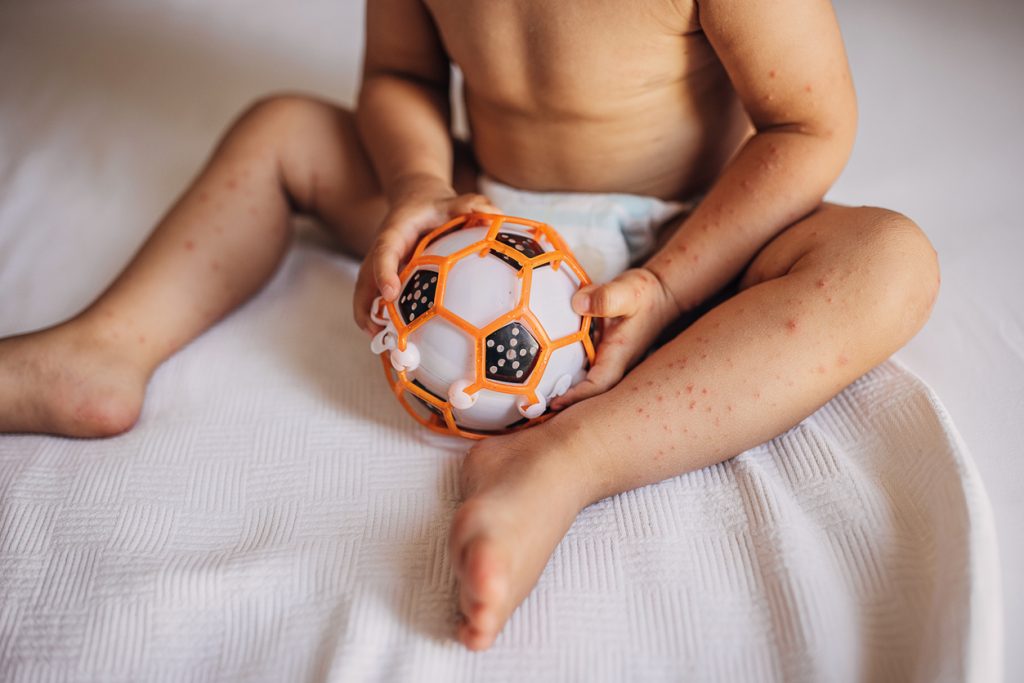Hand, foot and mouth disease warning for Australians
Australians are being warned to be alert for yet another virus, thanks to a rise in the numbers of hand, foot and mouth disease in recent months, especially among children under 10 years old.
So what is it and why are people so worried? Let’s take a look.

What is hand, foot and mouth disease?
Hand, foot and mouth disease is a highly contagious virus that is most commonly passed around childcare centres and schools. It usually causes a mild infection that is not serious, but can be uncomfortable for those who catch it. Although it is most common in children under 10, anyone can catch hand, foot and mouth disease.
Hand, foot and mouth disease should not be confused with foot-and-mouth disease, which is a virus that only affects animals.
What are the symptoms?
Hand, foot and mouth disease usually shows up first with small red dots that turn into blisters, which typically appear inside the mouth, on the palms of the hands, and on the soles of the feet. If a baby catches hand, foot and mouth disease, they may also have blisters in their nappy area. The blisters are usually not itchy.
Before or after the blisters appear, some people may also develop a fever, sore throat, runny nose, and/or fatigue. They may also lose their appetite for a few days, but this usually doesn’t last long.
Complications, such as meningitis, encephalitis or paralysis, are very rare.

How do you catch the disease?
The virus spreads by person-to-person contact, from sneezing or coughing, or contact with an infected person’s faeces or fluid from the blisters. The virus can be present in the faeces for several weeks, but blisters stop being infectious as soon as the fluid has dried up.
Unsurprisingly, hand, foot and mouth disease is often found in childcare settings and primary schools, where children may have a lot of close contact, and may not be overly vigilant about their own hygiene.
How is it diagnosed and treated?
If you’re concerned that you or a family member may have hand, foot and mouth disease, it’s best to see your doctor to have the diagnosis confirmed. You can talk to an InstantScripts doctor via Telehealth consultation. It’s important for children to stay home from school or childcare until their blisters have dried (usually 7–10 days), and to notify the facility so they can monitor any outbreaks.
If you need a carer’s certificate to look after a sick child, you can request one through InstantScripts.
How can we prevent hand, foot and mouth disease?
The best prevention for hand, foot and mouth disease is good hygiene. That means washing hands after going to the toilet or changing a nappy, putting used tissues straight in the bin, not sharing cups or utensils, and covering the mouth with an elbow when sneezing or coughing.
If your child has been infected, it’s also important to thoroughly wash any bedding, clothing and toys that they may have come into contact with, and to keep them home until they are fully recovered.

Sources:
https://www.health.nsw.gov.au/Infectious/factsheets/Pages/handfootmouth.aspx
https://www.healthline.com/health/hand-foot-and-mouth-quarantine-period
https://www.cbc.ca/news/canada/toronto/hand-foot-mouth-disease-2022-1.6511796
© InstantScripts
Level 8 / 637 Flinders St.,
Docklands VIC 3008

